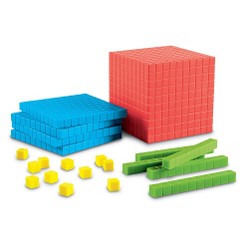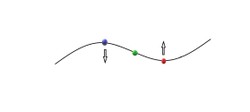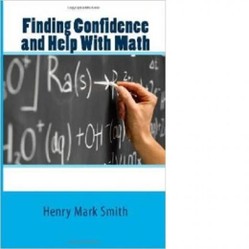I will share two disasters where helping with math went wrong, so you can see what might happen.
In the first case I was teaching at a university, and part of the math faculty duties was to assist with the math tutoring lab one hour a week. The university had students to do most of the tutoring, while one or two of us was there to help with courses that the student tutors could not, like calculus and statistics. One student who often worked the same hours I did had just passed algebra, and gotten an A. So, he helped with algebra. But it was soon apparent he was doing severe damage. Hos approach, and often with objection from the students he helped, was to just toss everything the student had learned and insist on learning the method he understood. Faculty often have the skill to solve the problem by many methods. I would hear students pleading, saying that is not how we do it in class. But, he would not yield, possibly because he could not understand another method.
The other case was a high school student I was helping with physics. She seemed to know the material quite well. But her grades were in the failure range. One day, she had to divide one number by two others, like 90/(2X5). She typed the problem into her calculator and got the wrong answer. There was no use of the parentheses in her calculation, so she actually multiplied by the five instead of dividing by it. I explained the subtle difficulty and she started getting high grades. Then she told me that there were about ten others from her former elementary school, and all were having problems. Here, a teacher at the elementary school apparently taught the students to be calculator dependent, and failed to teach them the proper way of using that calculator. So, it was probably a teacher who caused damage by doing things wrong.

















 Multivariable Calculus: Gradient, Divergence, and Curl17 days ago
Multivariable Calculus: Gradient, Divergence, and Curl17 days ago
 UAPs, Formerly UFOs, If They Are Real How Can We Explain Their Arrival to Earth?18 days ago
UAPs, Formerly UFOs, If They Are Real How Can We Explain Their Arrival to Earth?18 days ago
 Polar Coordinate System20 days ago
Polar Coordinate System20 days ago
 Aurora Can Disrupt Electrical Devices And Even the Grid?22 days ago
Aurora Can Disrupt Electrical Devices And Even the Grid?22 days ago



Comments
The people needing tutoring often are struggling with math, so inspiration from a biography is not likely to be valuable. Applications are difficult, the main problem being language skills, so establishing math first is probably a better method.
blackspanielgallery, Does it help in tutoring to mention famous mathematicians or practical mathematical applications or does that clutter instead of inspire the student?
My husband doesn't get tuition work through an agency. He relies on word of mouth and is never short of Mahs students.
I tried tutoring, but the service got much of the fee, and paid very little.
One of my friends once told me he charged a high price, and had customers. Apparently, potential students felt if one priced low it was because the tutor felt the skill level was lacking, but he got his students from an exclusive university where money was not a problem. I found my students could ill afford high prices. Now I have little time for tutoring, since I do ther contract work of writing and reviewing math.
Now my husband has retired from teaching Maths he has a small private tuition business in the subject. He has so many potential pupils and he limits his numbers to 3 or 4 lessons a week
There is never a shortage of work.
An interesting post. TY for posting.